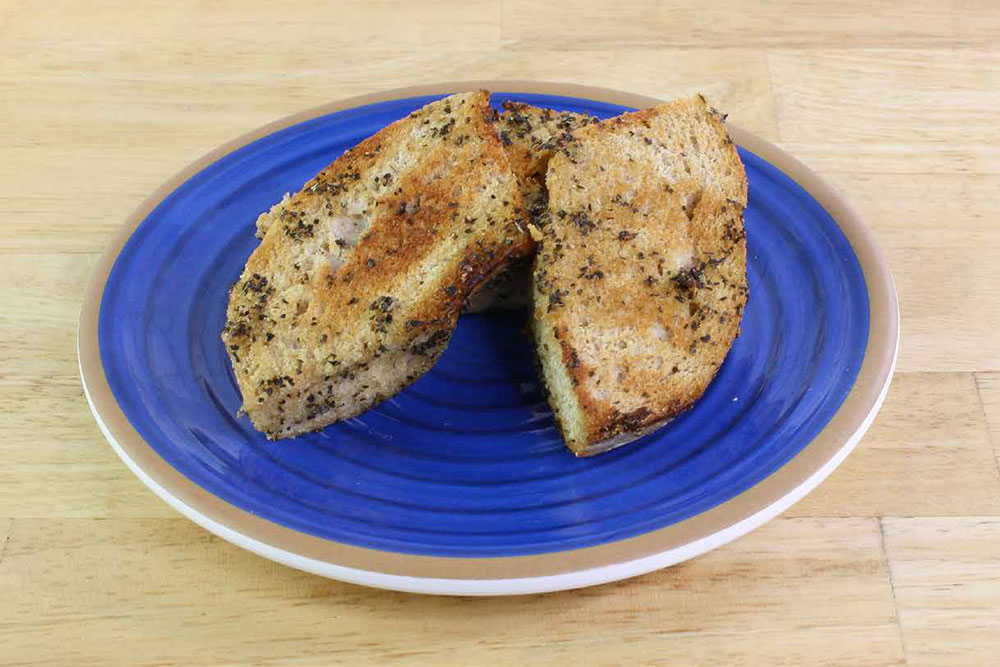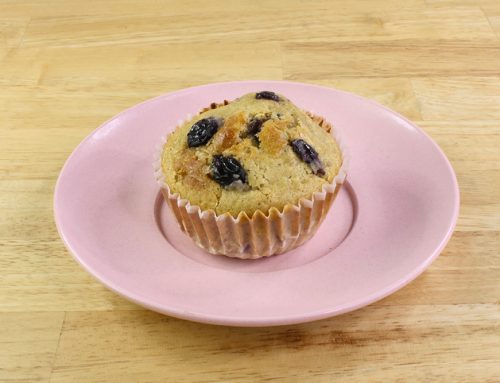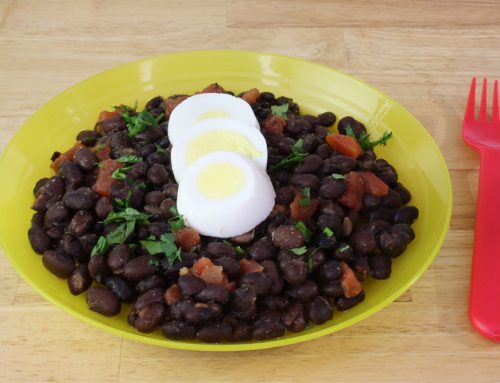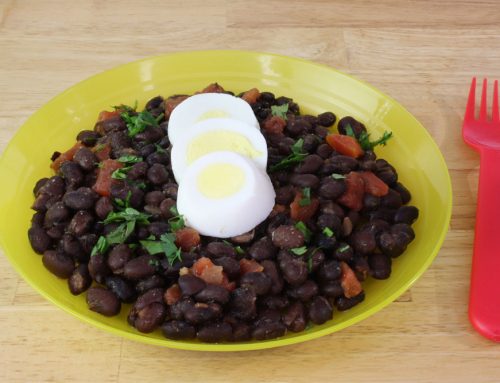Herb Bagel Bites USDA Recipe for Family Child Care Homes
Age Group: Ages 3-5
Serving Size: 6
Garlic and basil transform ordinary bagels into an extraordinary snack.CACFP CREDITING INFORMATION1 oz eq grains
Ingredients
6 Serving
- 2 - Bagel, whole-wheat (at least 84 g or 3 oz each)
- 2 tbsp Margarine, trans fat-free
- ½ tsp Garlic powder
- 1 tsp Basil, leaf, dried ( 2 tsp fresh, chopped)
Quantity
6 Serving
- 2 - Bagel, whole-wheat (at least 84 g or 3 oz each)
- 2 tbsp Margarine, trans fat-free
- ½ tsp Garlic powder
- 1 tsp Basil, leaf, dried ( 2 tsp fresh, chopped)
Ingredients
6 Serving
- 2 - Bagel, whole-wheat (at least 84 g or 3 oz each)
- 2 tbsp Margarine, trans fat-free
- ½ tsp Garlic powder
- 1 tsp Basil, leaf, dried ( 2 tsp fresh, chopped)
Quantity
6 Serving
- 2 - Bagel, whole-wheat (at least 84 g or 3 oz each)
- 2 tbsp Margarine, trans fat-free
- ½ tsp Garlic powder
- 1 tsp Basil, leaf, dried ( 2 tsp fresh, chopped)
*See Marketing Guide
Ingredients
6 Serving
- 2 - Bagel, whole-wheat (at least 84 g or 3 oz each)
- 2 tbsp Margarine, trans fat-free
- ½ tsp Garlic powder
- 1 tsp Basil, leaf, dried ( 2 tsp fresh, chopped)
Quantity
6 Serving
- 2 - Bagel, whole-wheat (at least 84 g or 3 oz each)
- 2 tbsp Margarine, trans fat-free
- ½ tsp Garlic powder
- 1 tsp Basil, leaf, dried ( 2 tsp fresh, chopped)
*See Marketing Guide
Ingredients
6 Serving
- 2 - Bagel, whole-wheat (at least 84 g or 3 oz each)
- 2 tbsp Margarine, trans fat-free
- ½ tsp Garlic powder
- 1 tsp Basil, leaf, dried ( 2 tsp fresh, chopped)
Quantity
6 Serving
- 2 - Bagel, whole-wheat (at least 84 g or 3 oz each)
- 2 tbsp Margarine, trans fat-free
- ½ tsp Garlic powder
- 1 tsp Basil, leaf, dried ( 2 tsp fresh, chopped)
*See Marketing Guide
Ingredients
6 Serving
- 2 - Bagel, whole-wheat (at least 84 g or 3 oz each)
- 2 tbsp Margarine, trans fat-free
- ½ tsp Garlic powder
- 1 tsp Basil, leaf, dried ( 2 tsp fresh, chopped)
Quantity
6 Serving
- 2 - Bagel, whole-wheat (at least 84 g or 3 oz each)
- 2 tbsp Margarine, trans fat-free
- ½ tsp Garlic powder
- 1 tsp Basil, leaf, dried ( 2 tsp fresh, chopped)
*See Marketing Guide
Instructions
- Wash hands with soap and water for at least 20 seconds.
- Preheat oven to 400 °F.
- Cut each bagel in half (if not already pre-sliced). Then cut each half into three pieces.
- Place margarine in a microwave safe bowl. Melt in the microwave for 10 seconds at a time until completely melted.
- Add garlic powder and basil to melted margarine. Stir.
- Place bagel pieces in a medium bowl and toss with seasoned margarine.
- Place on ungreased baking sheet and toast, about 7–8 minutes.
- Serve 2 Herb Bagel Bites. Serve immediately, or keep warm at 140 °F or higher.
Nutrition INFORMATION
Herb Bagel Bites USDA Recipe for Family Child Care Homes
Amount Per Serving
2 Herb Bagel Bites
Calories
118
Total Fat
5
g
8
%
Saturated Fat
1
g
6
%
Cholesterol
0
mg
0
%
Sodium
171
mg
7
%
Total Carbohydrate
16
g
5
%
Dietary Fiber
2
g
8
%
Total Sugars
2
g
2
%
Protein
3
g
6
%
Calcium
53
mg
5
%
Iron
1
mg
6
%
N/A=data not available
*Marketing Guide
The CHEF TIPS:
- Contains wheat (bagels). Bagels can be a hidden source of common allergens which include, milk, peanuts, tree nuts, eggs, fish, shellfish, soy, wheat, and sesame.
- Sesame can appear as an ingredient in foods where it might not be expected (bagels) and may be included in ingredient statements as “spice” or “flavoring.”
- If using fresh basil, gently wash under running water before cutting.
- The symbol indicates the recipe is whole grain-rich.
- Creditable grains contribution calculated using the Recipe Analysis Workbook, Method A.
Yield / Volume




